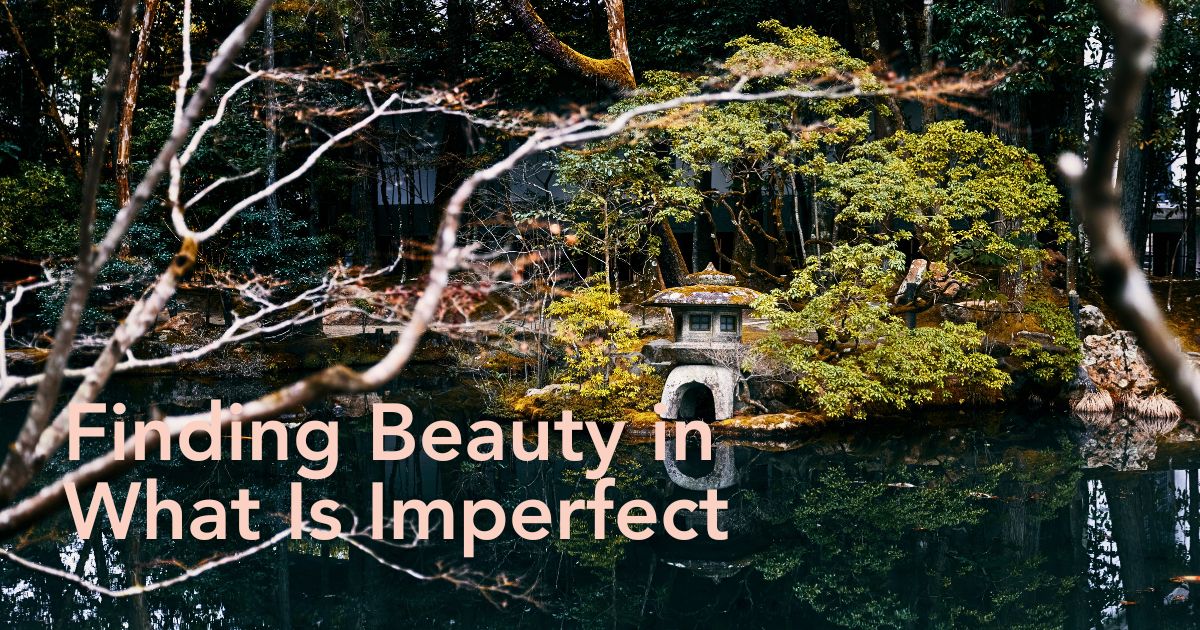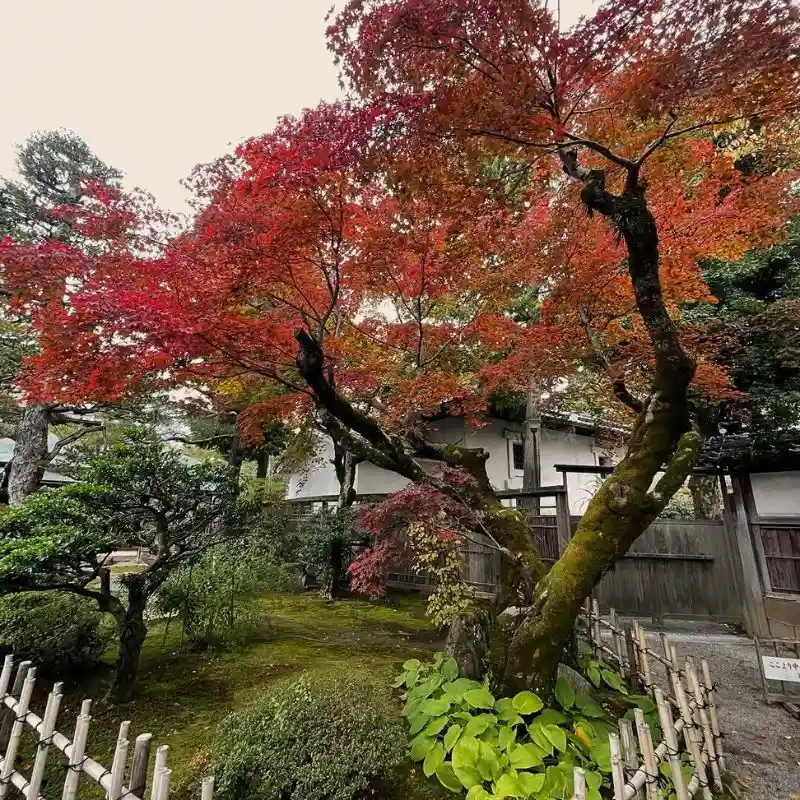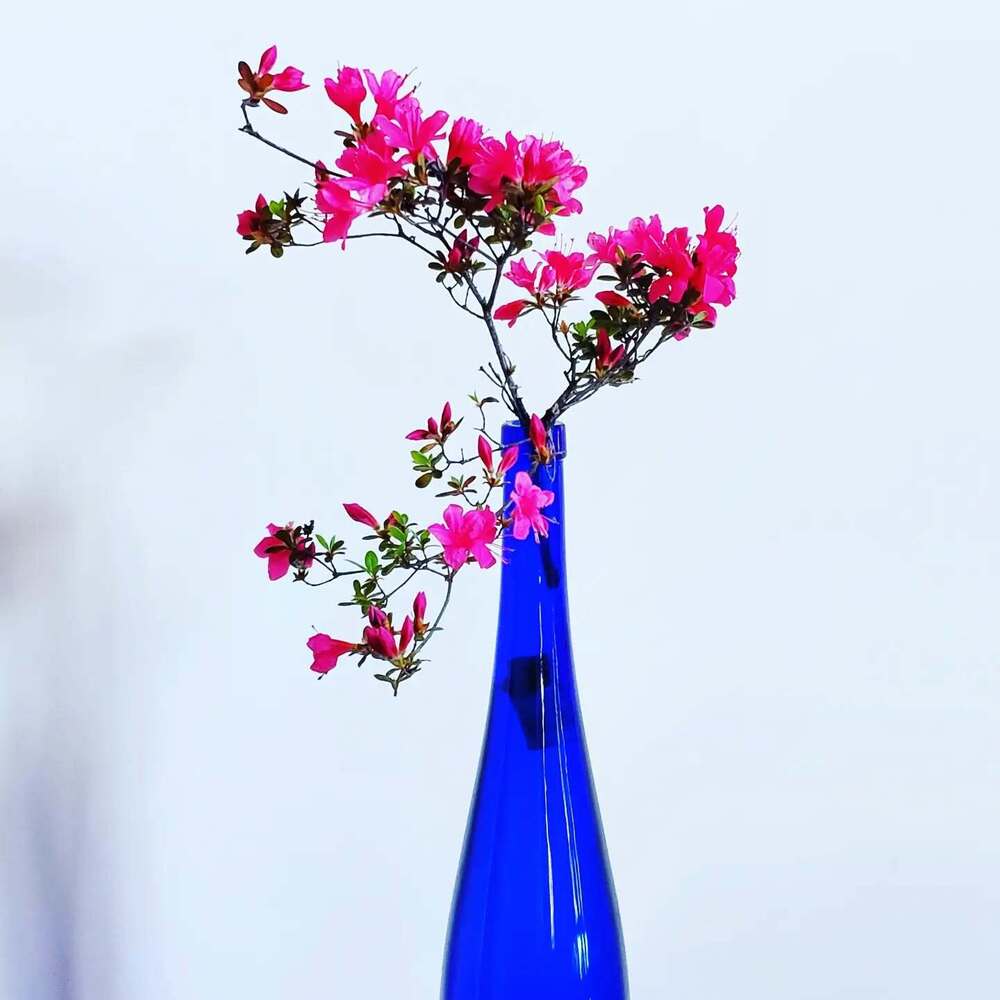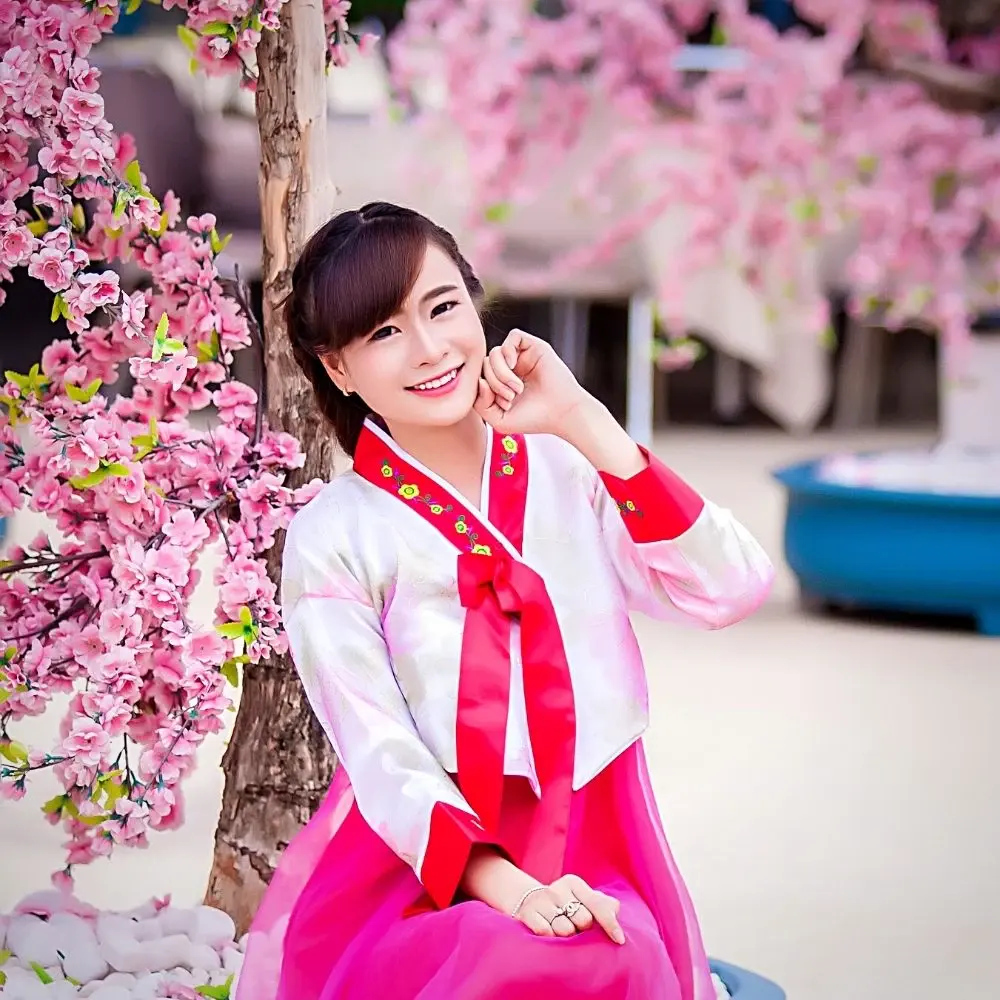While the common obsession is always about flawless flowers or well-trimmed lawns, the concept of wabi-sabi presents a gentle antidote. This Japanese philosophy, which finds beauty in quiet imperfections, graceful decay, and humble simplicity, is rooted in Zen Buddhism and celebrates the transient, the weathered, and the incomplete.
The wabi-sabi aesthetic is all about finding extraordinary meaning in the ordinary, celebrating the natural cycles that Western culture often seeks to hide or overcome. It, essentially, nudges individuals to perceive the poetry in a cracked pot, the elegance in withered leaves, or the serenity in moss-kissed stones. This concept offers not just a design ethos but a perfect way of relating to nature’s cycles. It brings out the idea that a garden’s true delight lies not in perpetual perfection, but in its authentic air.
Ancient Roots of Imperfect Beauty
The story of wabi-sabi begins in 15th-century Japan, where Zen Buddhist monks and tea masters like Murata Jukō and Sen no Rikyū redefined beauty through simplicity. Disillusioned by the opulent Chinese-inspired tea ceremonies favored by the elite, they turned the ritual into a meditative practice. Rikyū designed teahouses with deliberately low doors—obliging even emperors to bow—and a lot more.
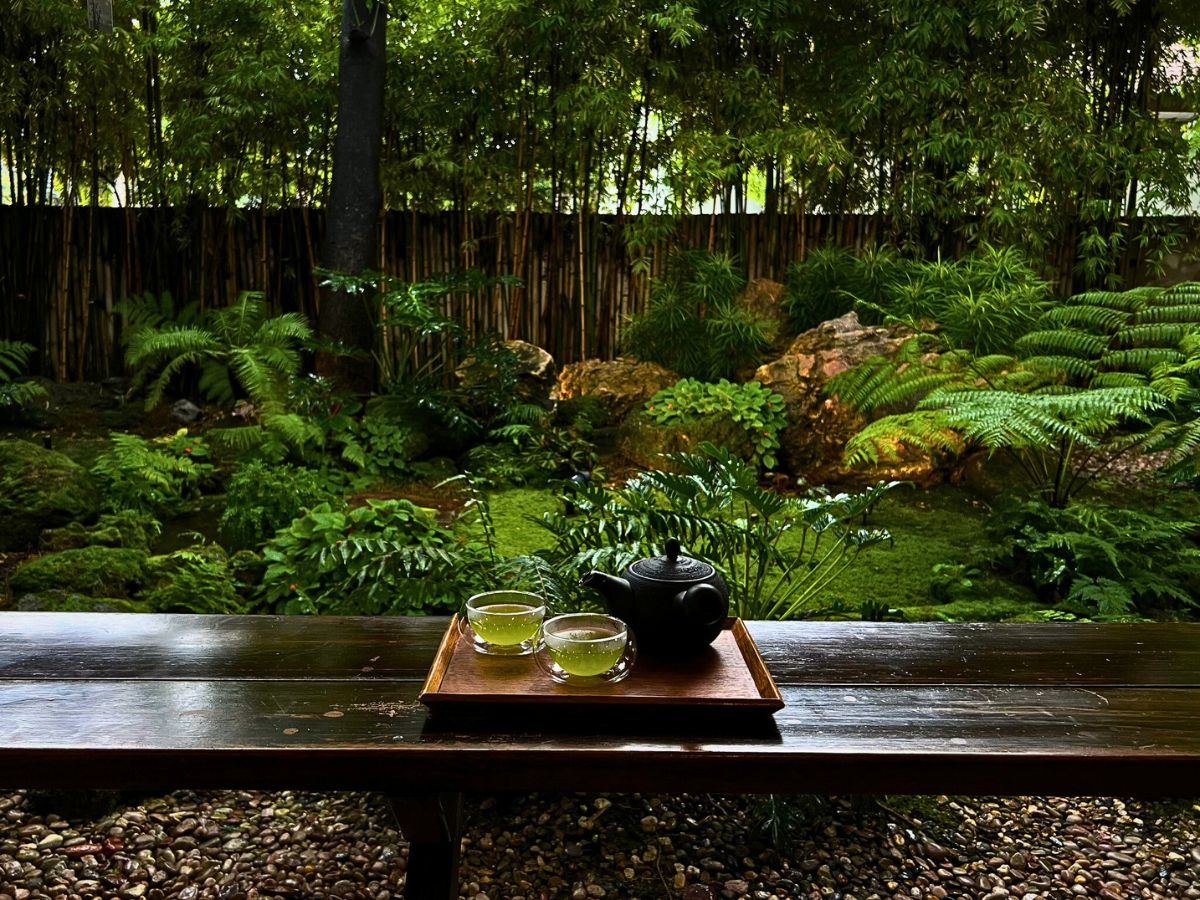
The concept materialized from the meeting of ancient Chinese Taoism and Zen Buddhism, taking root in Japanese culture before fully developing in the mid-16th century. The term iwabi-sabi is a composite of two distinct yet interrelated concepts: ‘wabi,’ originally meaning to languish or be miserable, evolved to represent the beauty found in humble simplicity and spiritual richness, while ‘sabi,’ derived from the verb meaning to rust, incorporates the elegant patina of age and the melancholic beauty of solitude.
Thus, these concepts transformed from expressions of sorrow to celebrations of beauty largely through the influence of the tea masters. Rikyū, in particular, changed the Japanese tea ceremony, introducing simple, rough wooden and clay appliances to replace the ornate gold and porcelain of Chinese traditions. His idea extended past utensils to the very flowers chosen for tea rooms. He established the principle that floral elements should appear like they are in the field naturally.

Legend tells of the tea master cleaning a garden, then shaking a cherry tree to scatter its petals haphazardly, honoring nature’s untamed beauty. While originally, the words wabi (loneliness) and sabi (decay) carried melancholy weight, through Zen’s influence, they transformed to evoke rustic simplicity, and celebrate the patina of time—the moss on stone, the warp of wood, the quiet poise of aging.
In this concept, a cracked vase repaired with gold lacquer (kintsugi) becomes more precious for its scars, exemplifying the idea that damage and repair are part of an object’s history, not flaws to disguise. In nature, this manifests as autumn leaves surrendering to decay, or a gnarled oak standing resilient through storms, signifying momentary, unpolished beauty.
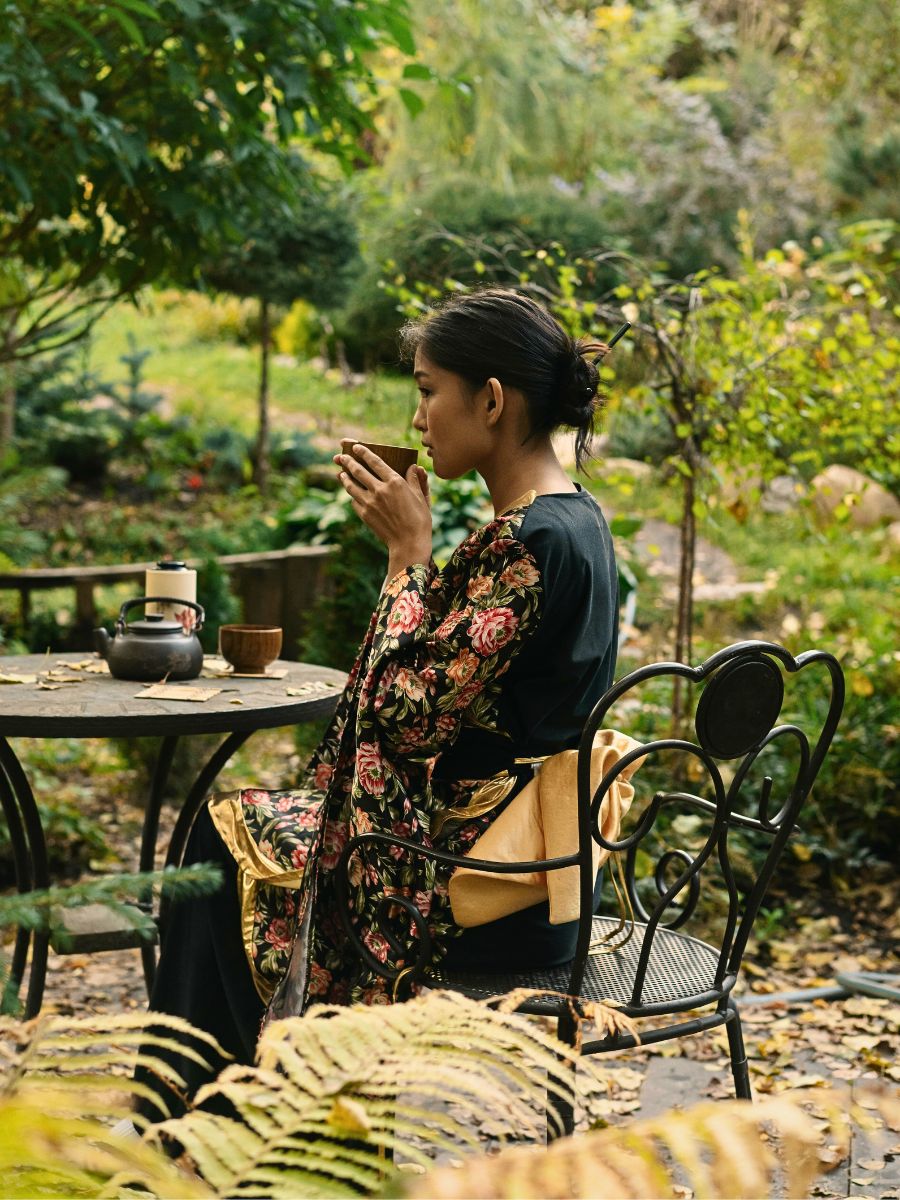
The aesthetic, further, reflects deeper Buddhist teachings about the three marks of existence: impermanence, suffering, and the absence of self-nature. In embracing these concepts, wabi-sabi practitioners learn to see beauty not despite life's transient nature, but because of it.
Plants and Flowers as Expressions of Wabi-Sabi’s Language of Floral Imperfection
Plants and flowers are perhaps the most eloquent expressions of wabi-sabi's essential principles. And the garden is, definitely, its most expressive medium, upon which the plants recreate its principles. Unlike the carefully manicured gardens of Western tradition, wabi-sabi embraces the natural disorder and imperfection that occurs when nature is allowed to follow its course. Selecting species that embody transience and texture is key, finding beauty in the weathered textures of aged wood, the uneven lines of naturally growing plants, and the expected cycle of growth and decay.
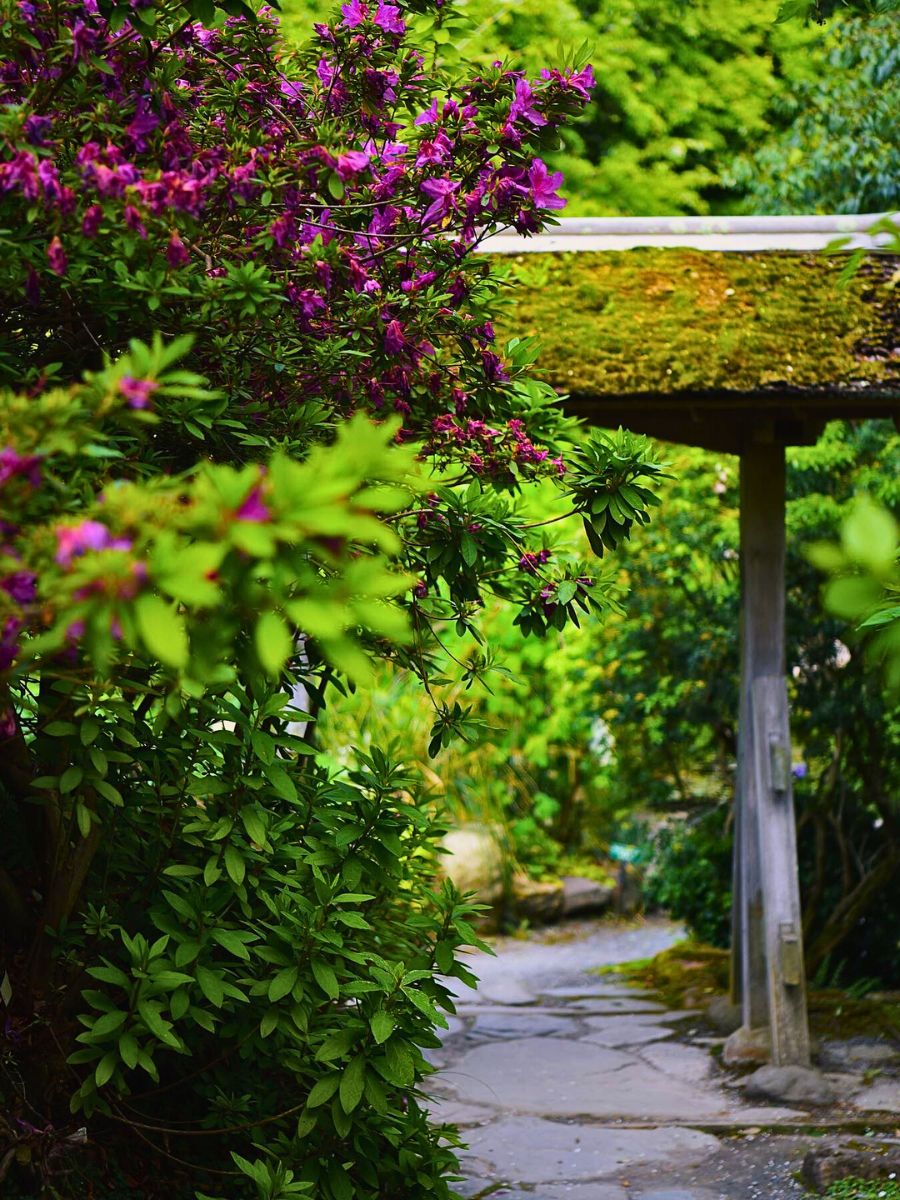
Ikebana, Japan's traditional flower arrangement practice, embodies wabi-sabi principles through its emphasis on asymmetry, minimalism, and respect for each plant's natural essence. Rather than forcing flowers into rigid compositions, ikebana celebrates the individual expression of each plant, akin to honoring what the Japanese call ‘shusshō’—the true essence of a plant revealed through respecting its birth, natural form, and movement. Ikebana creates arrangements that feel organic and alive. They capture the dynamic relationship between light and shadow that exists in nature.
The selection of flowers for traditional Japanese tea ceremonies further illustrates this philosophy. Tea masters avoid Western flowers in favor of native species that grow naturally in fields and forests, in arrangements that emphasize seasonal appropriateness and natural beauty over ornate display. This reflects the wabi-sabi principle that true beauty emerges from authenticity rather than artifice.
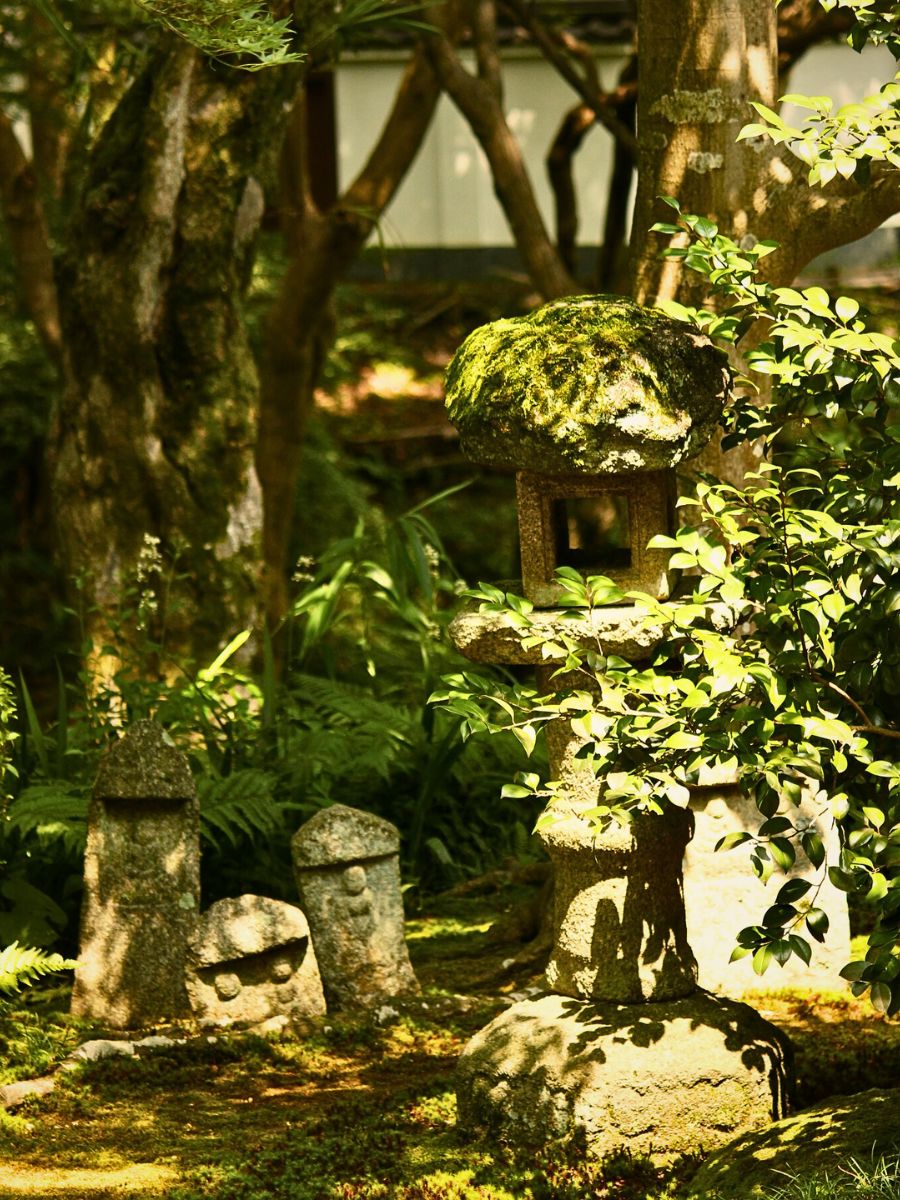
In these gardens, for instance, Japanese maples (Acer palmatum) offer ever-changing drama: spring’s crimson leaves, summer’s layered shade, autumn’s fiery decline, and winter’s skeletal elegance. Wildflowers and other native species embody untamed grace. Their self-seeding habits scatter flora unpredictably. Similarly, ornamental grasses—Hakonechloa or feather reed grass—offer fluid forms and tawny winter frames, and even flawed plants have roles: a bonsai pine with a hollow trunk speaks of survival, and more.
Designing with Imperfect Perfection
When selecting plants for wabi-sabi gardens, one should, perhaps, choose species that age gracefully and display seasonal changes prominently. Trees with textured or peeling bark provide year-round interest, while perennials and self-seeding plants establish their own corners of the garden over time. The Wabi Sabi® Viburnum exemplifies this philosophy perfectly, with its irregular growth habit and charming imperfections that celebrate natural beauty.
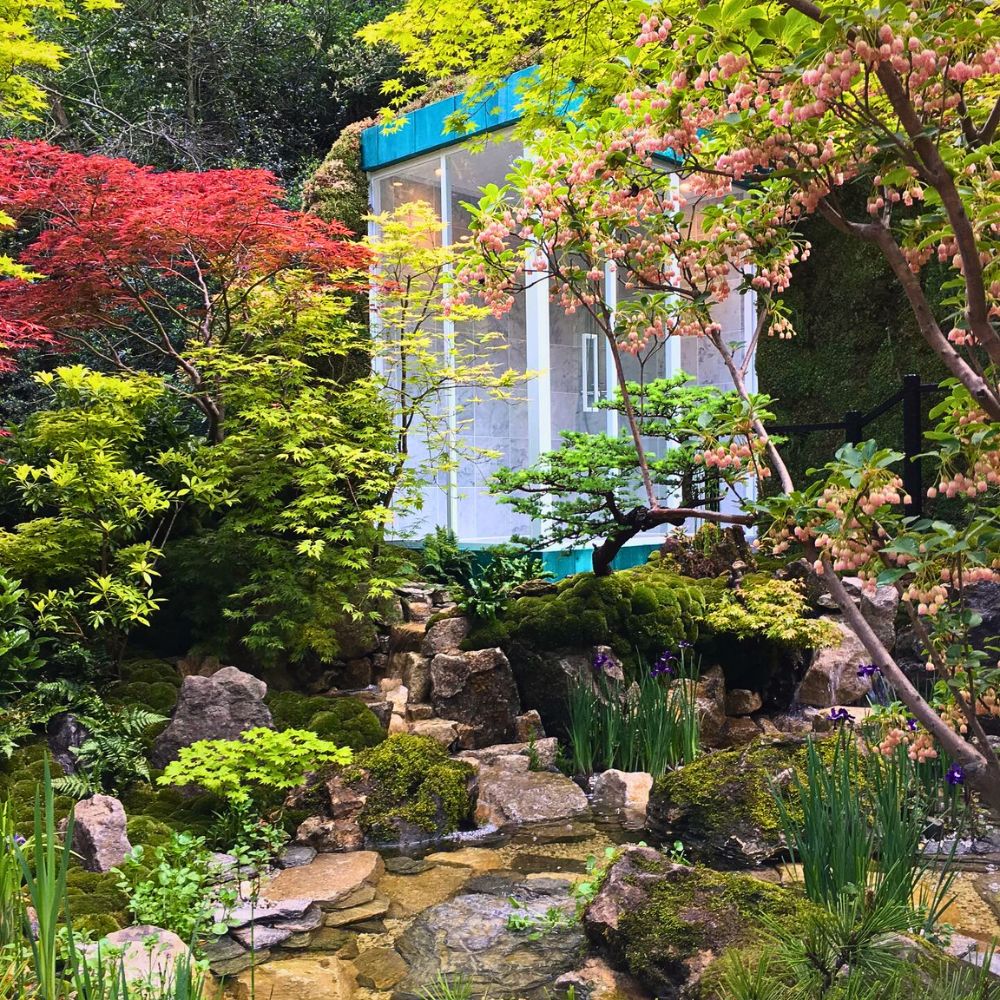
The practice goes beyond plant selection to embrace weathered materials and repurposed objects. Iron elements that rust over time, weathered wood containers, and stone elements that develop moss and lichen all contribute to the authentic patina that wabi-sabi celebrates. These materials are not seen as deteriorating but as gaining character and beauty through their interaction with natural forces.
Color palettes in wabi-sabi gardens tend toward muted, natural tones that harmonize with seasonal changes. The beauty of decay becomes apparent in the subtle color shifts of drying leaves, the deepening discoloration of weathered wood, and the gentle fading of flower petals. These changes are not hidden but celebrated as part of the garden's ongoing story.
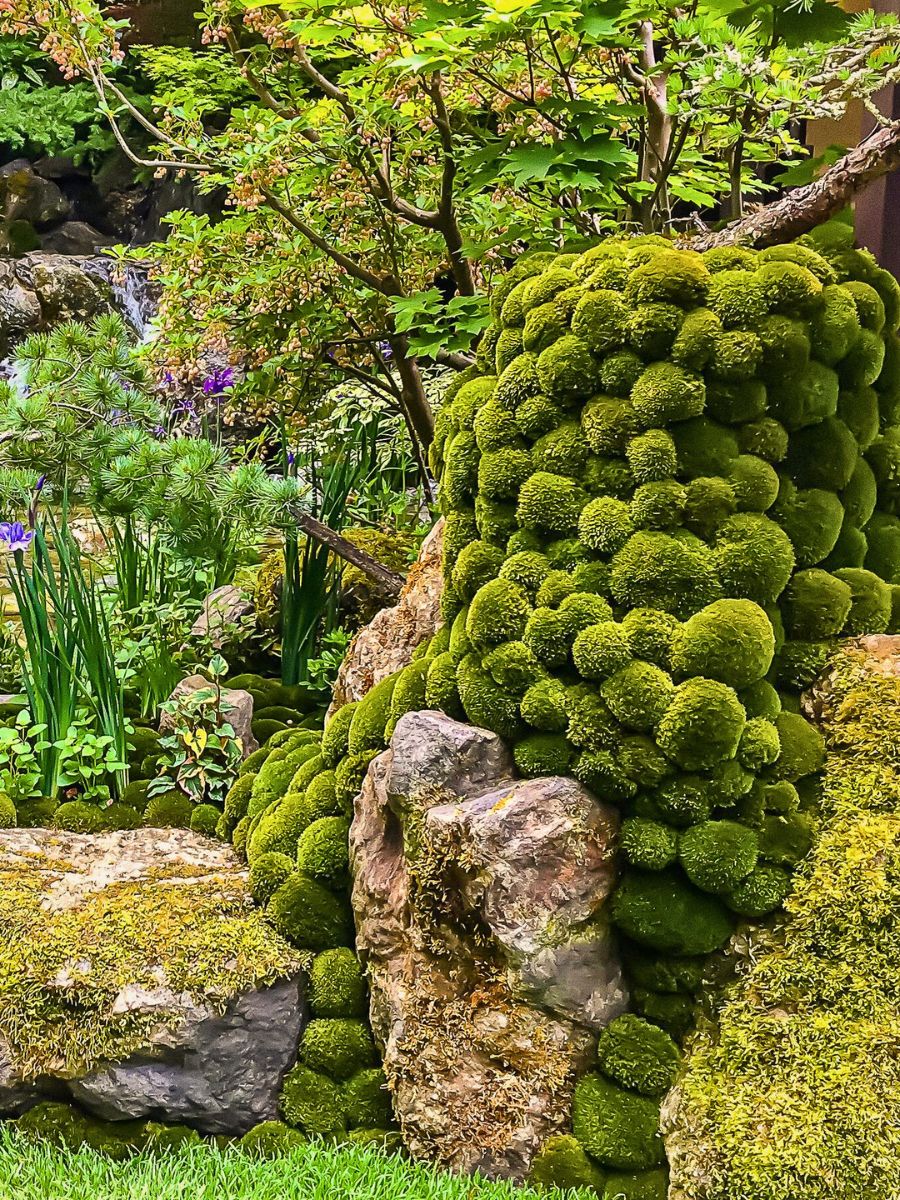
Cultivating Wabi-Sabi Gardens
Creating a wabi-sabi garden requires a vital shift from controlling nature to collaborating with it. This approach gives gardeners a ‘license to be imperfect,’ as one would note, making it both forgiving and intrinsically aligned with natural processes. Begin with asymmetry and naturalistic forms. The aesthetic celebrates weathered materials, asymmetrical plantings, and the beautiful imperfections that emerge when one allows their gardens to evolve organically.
Paths should meander like forest trails, not arrow-straight lines. Arrange stones irregularly, resonant of how rivers or glaciers might place them. In planting, embrace layered textures and subdued palettes. Combine the feathery softness of ferns with the rugged bark of aged pines, or let silvery sagebrush against coarse gravel. Colors should whisper, not shout: think moss greens, slate grays, and the muted russet of decaying leaves.
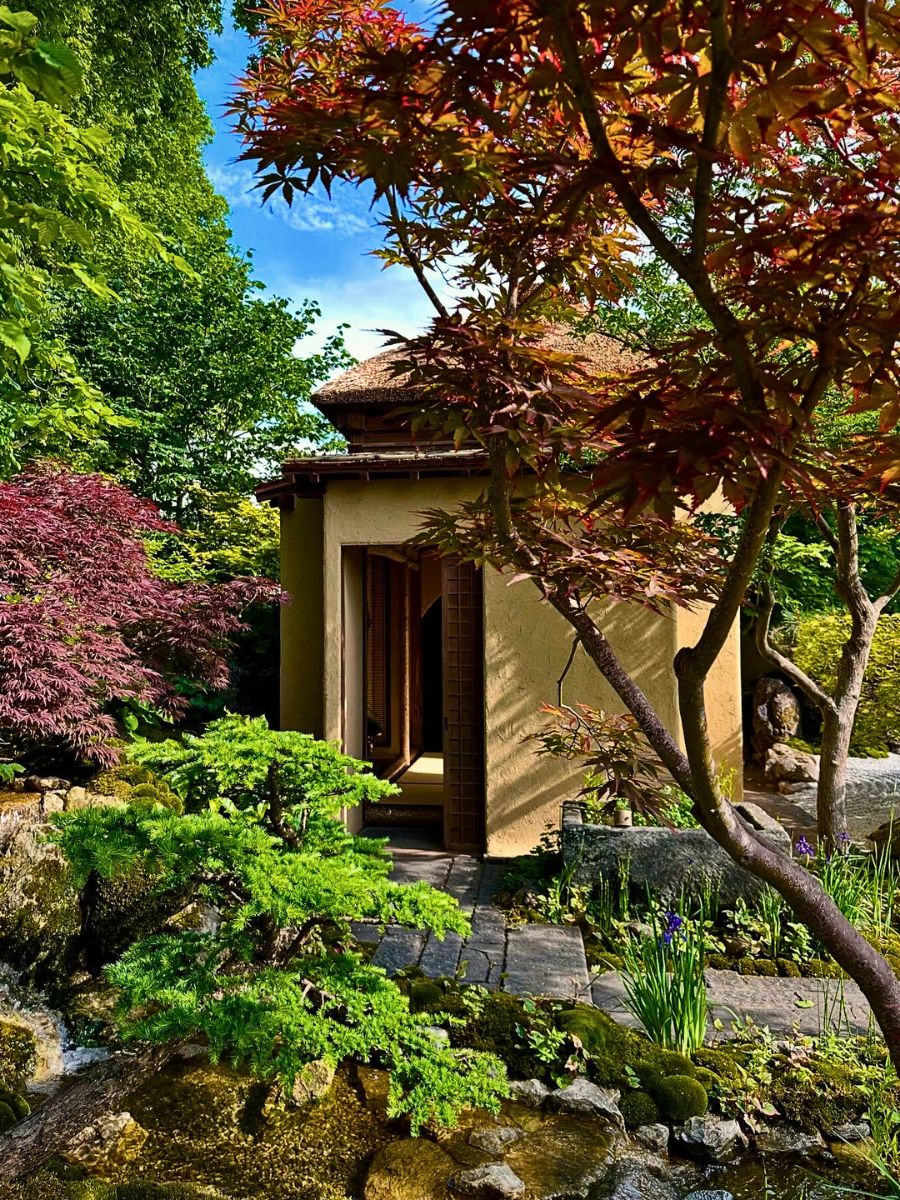
Essentially, the principle of asymmetry, known as ‘fukinsei,’ guides plant placement in the wabi-sabi garden, because rather than seeking perfect balance, these gardens create natural imbalances that reflect the dynamism of authentic landscapes. Equally important is the concept of ‘ma’—intentional emptiness between elements that gives arrangements lightness and invites contemplation. This negative space allows individual plants to shine while creating opportunities for quiet reflection.
Additionally, moss plays a particularly significant role in wabi-sabi gardens, representing simplicity and longevity through its slow growth patterns. Unlike grass, which grows quickly and can make gardens feel aggressive, moss creates a sense of calm and peacefulness. Its fragility requires moderate treatment, which builds the meditative atmosphere that characterizes Japanese garden design. Different varieties of moss offer subtle variations in color and texture, allowing for the ideal compositions that honor natural diversity.
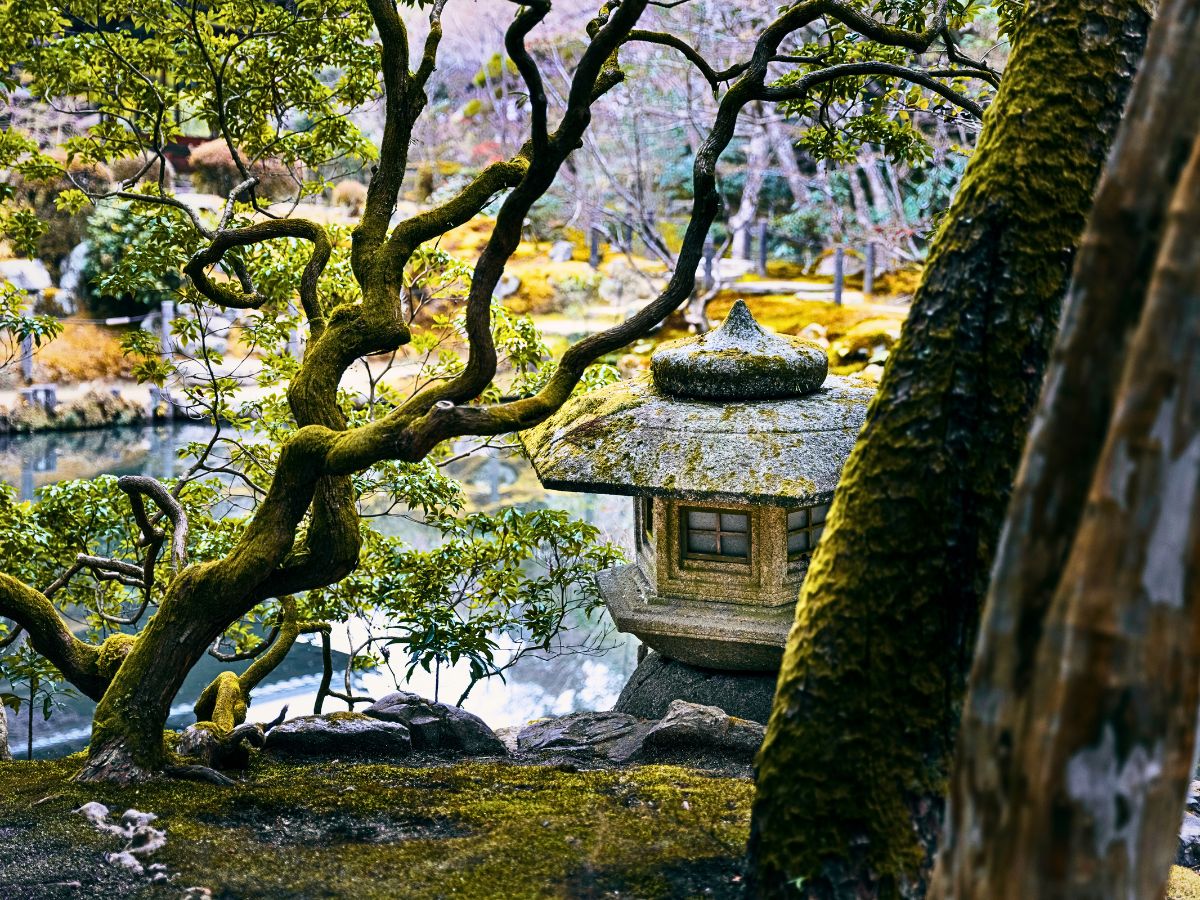
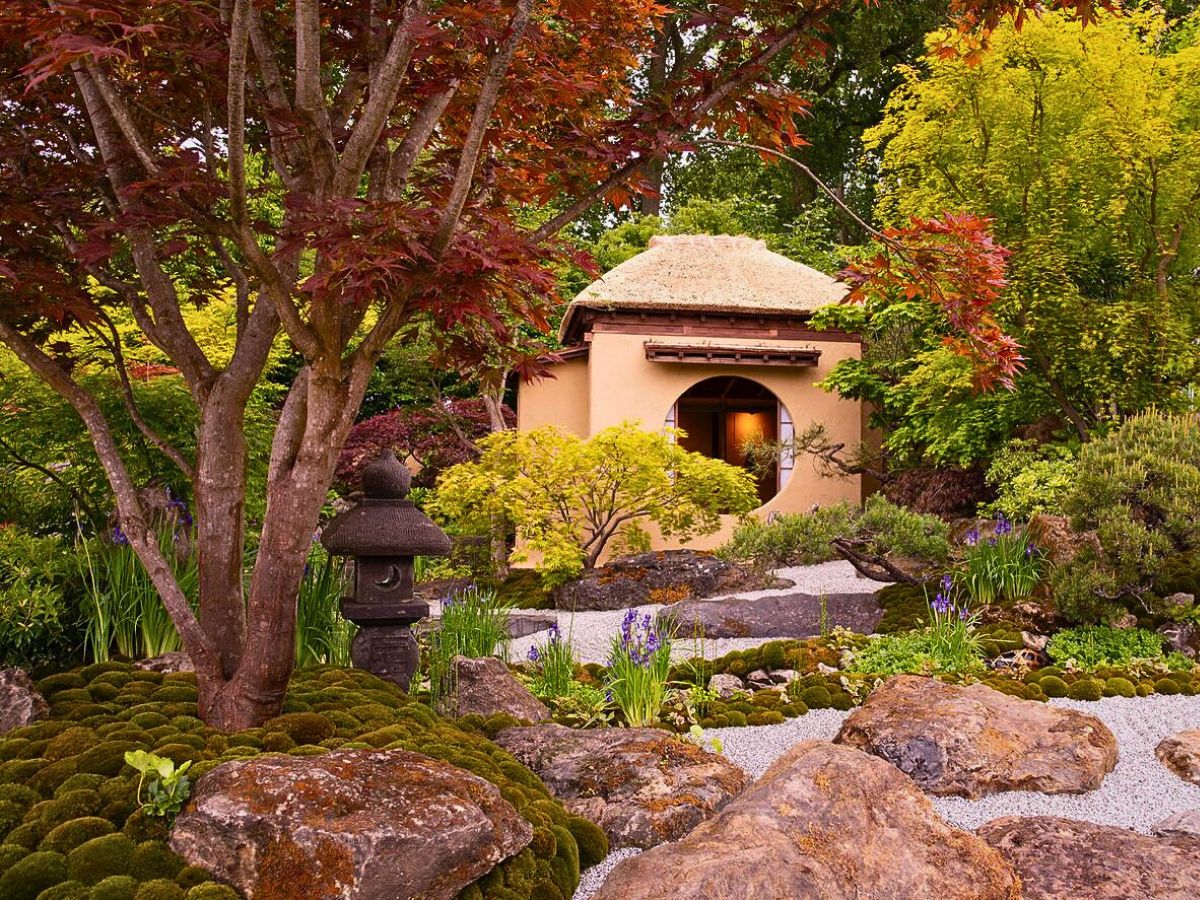
Then, embrace the cycle of life and death. Allow perennials like echinacea or sedum to stand through winter, their seed heads, perhaps, offering sustenance to birds. Fallen branches become habitats for insects; decaying logs sprout mushrooms, revealing beauty in dissolution. Choose materials that age gracefully: weathered cedar benches, terracotta pots gathering algae layers, or reclaimed stones crusted with lichen. These elements tell stories. Crucially, minimize intervention. Let plants self-seed, permit a weed-like wild mustard to paint the rich colors, and allow moss to creep where it will. This approach nurtures biodiversity and reduces labor, aligning with wabi-sabi’s reverence for effortless authenticity.
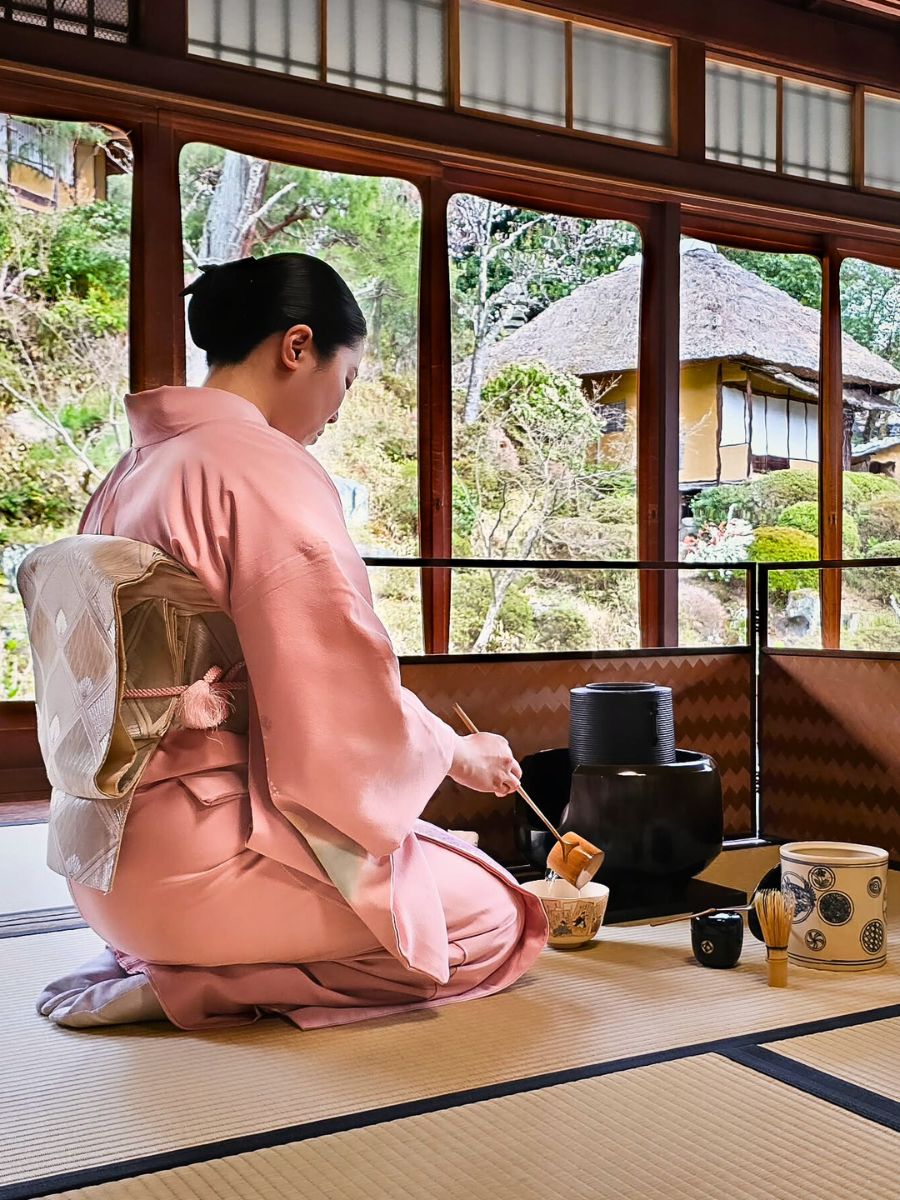
Seasons of Transience
The Japanese concept of ‘mono no aware’—the awareness of the transience of things, and the bittersweet acknowledgement of impermanence—finds perfect expression in the seasonal rhythms of plant life. Cherry blossoms, perhaps Japan's most iconic floral symbol, embody this philosophy. These delicate pink petals are beloved precisely because they are short-lived and fragile. Their beauty lies not in their permanence but in their transient nature, creating carpets of pink on streets and waterways as they complete their natural cycle.
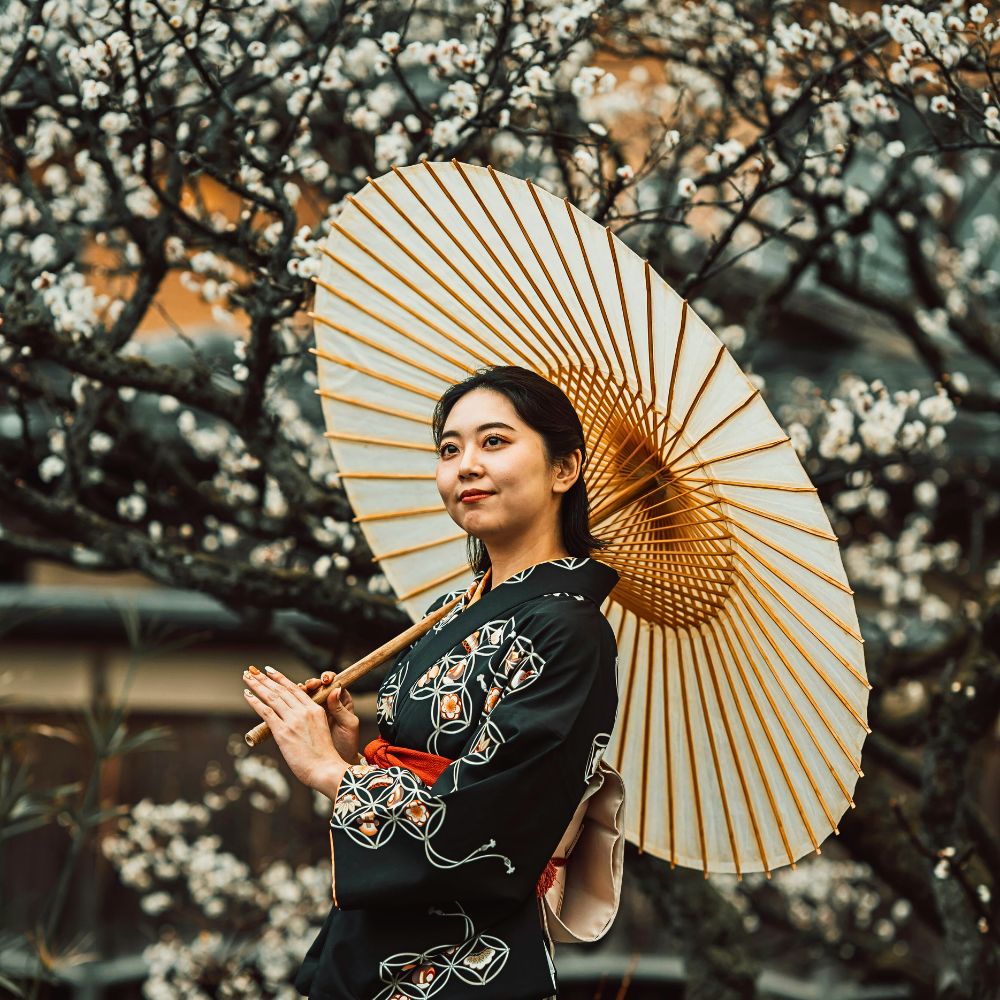

This appreciation for evanescence goes on throughout the gardening year because wabi-sabi encourages the embrace of those in-between moments when gardens appear less conventionally beautiful—when flowers fade, leaves yellow, and plants enter their dormant phases. Rather than viewing these transitions as failures to maintain perfection, wabi-sabi sees them as evidence of the garden's story. All these create gardens that change continuously, offering new finds with each season while honoring the natural processes of growth, expiry, and decay.
All About Being in Sync With the Natural World
In the end, wabi-sabi is about more than aesthetic choices—it is a way of being in connection with the natural world. It is about finding meditation in the simple act of observing plants, recognizing their subtle rhythms, and acknowledging their individualistic beauty. It encourages acceptance of imperfections and uncertainties while encouraging mindfulness and presence in the moment.
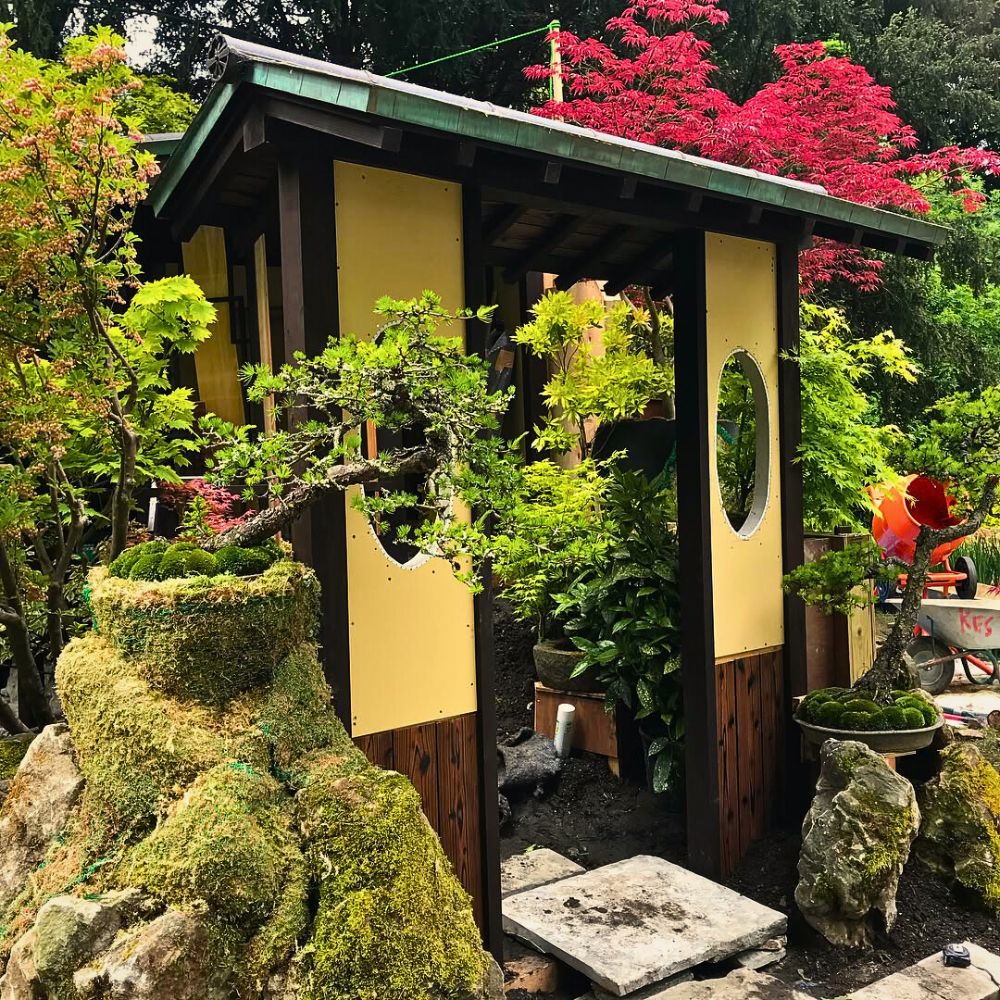
The practice nurtures what Zen monks identify as seven essential principles: finding beauty in unpretentiousness, appreciating finer details, embracing freedom, living simply, acting naturally, appreciating asymmetry and imperfection, and incorporating calmness into daily life. Through plants and flowers, one learns that beauty does not lie in faultlessness but in being in sync with nature's infinite cycles.
Feature image by Mikhail Nilov, header image by freepik

